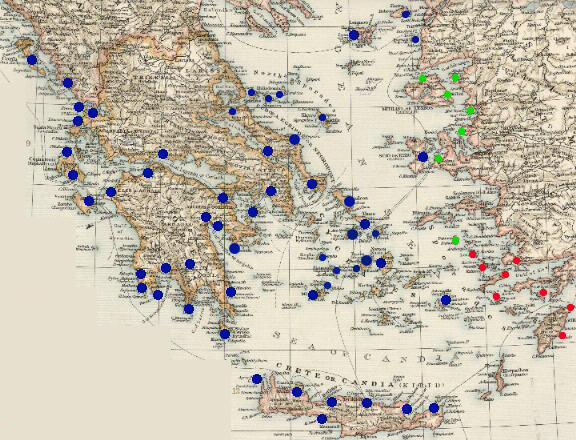http://www.ckrumlov.cz/uk/region/histor/t_solste.htm"In Hallstatt and the surrounding area the mining of the salt deposits started and in the region of the Alps copper-ore was found, which was then processed. The subject of the exchange trade during the Bronze Age was from the southern side - salt and copper - which was transported in round wooden containers "hřivny". From the north, they traded with pewter from the Krušné mountains, Baltic amber, furs and possibly gold. Metallurgical products were bronze as luxurious weapons (daggers), decorative needles, axes and chisels were transported in both directions.
During the Hallstatt-Lateen period other luxurious products from the Mediterranean were imported as well as salt and wine.
From our country we mostly exported iron products, silver and gold from the Šumava gold fields, also wheat, graphite ceramics and others.
During the Roman and Slavonic period, the import broadened by some food stuff, also by decorative and household ceramics and fabrics. Salt remained the most important article of import. Apart from the traditional export items, the export included horses, cattle, furs, skins and also slaves."
Please note that the above details were correct on the day this post was published. To suggest an update, please email the site's editor at tmciolek@ciolek.com









